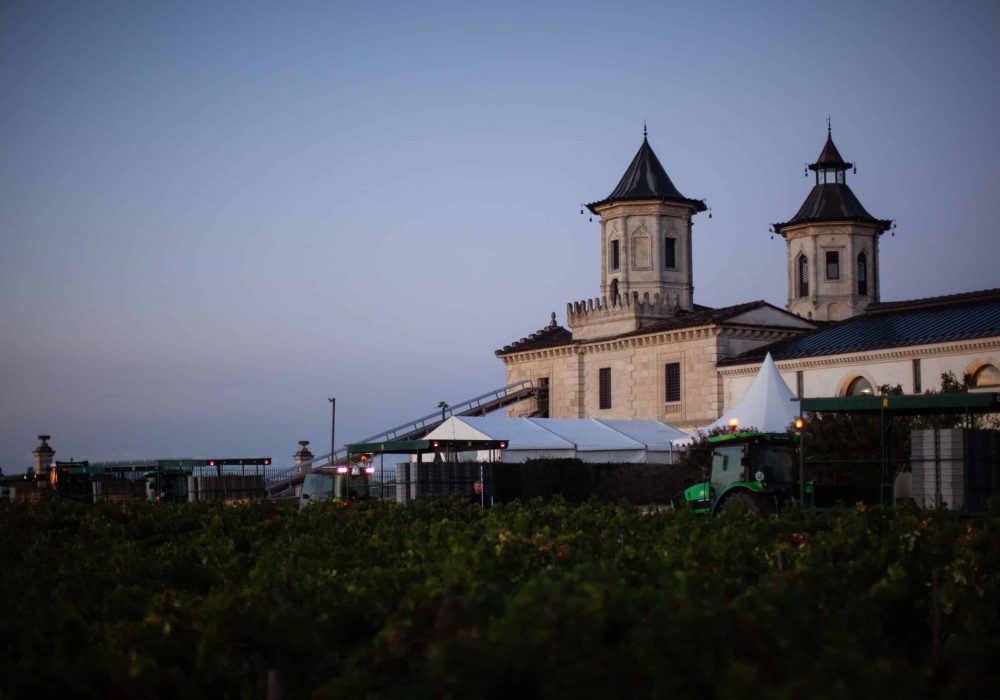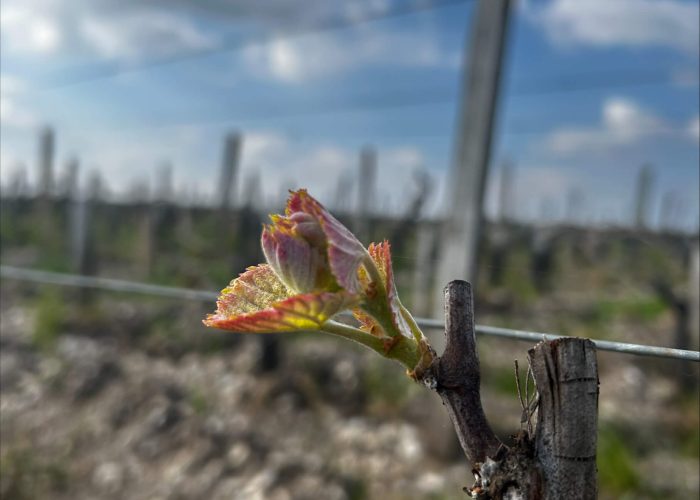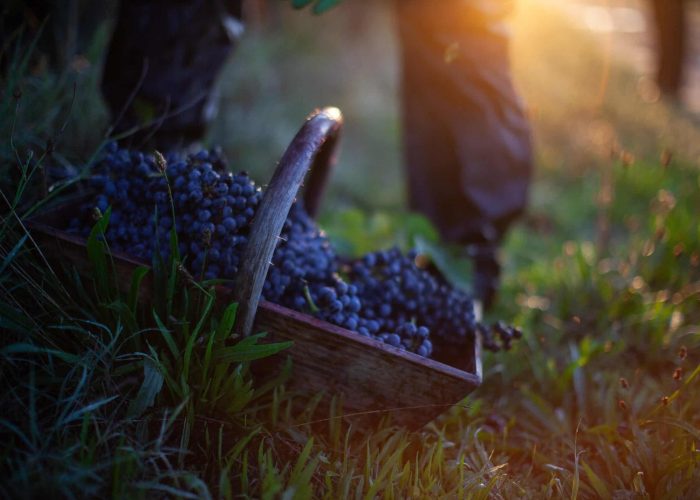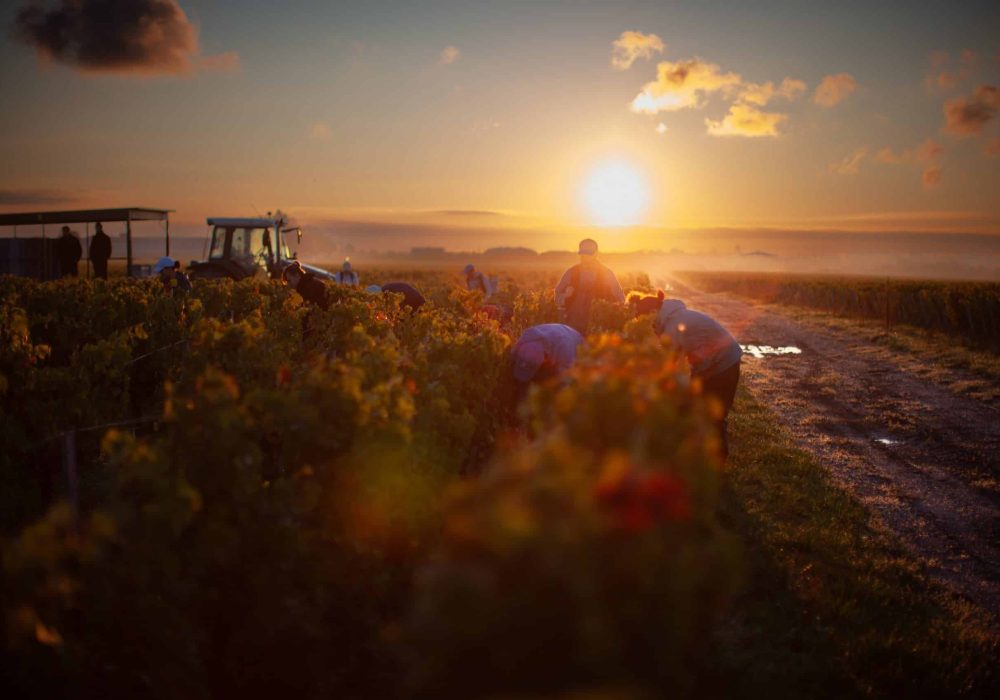Discover the key moments of a year in the vineyard that gave rise to wines of rare subtlety.


Discover the key moments of a year in the vineyard that gave rise to wines of rare subtlety.

October 2023 – January 2024 :
During the rainiest winter since 2000, abundant precipitation (660 mm) supplied soils with the water they would subsequently require.
February – March 2024 :
Mild weather in late March brought on homogenous, early bud break, revealing high fertility levels.

April – mid-July 2024 :
From mid-April on, cooler than normal temperatures would last until mid-July, helping limit the risk of mildew. But damp, cold conditions also slowed growth, so that development would no longer be ahead of schedule, as it had been for bud break.
A brief period of mild weather brought on flowering on May 27. But the cool temperatures that preceded this period led to coulure, millerandage and ultimately lower yields. These conditions also proved advantageous in that they allowed air to circulate more freely among the clusters, favoring the health of the vine and homogenous ripening of the grapes.
Cover crops were maintained until late in the season, reducing the level of available nitrogen and stimulating the synthesis of the polyphenols responsible for tannin and color in the grapes. Leaves were thinned earlier than usual, beginning in June, to limit the risk of mildew as the estate’s team relentlessly toiled to maintain the vines in perfect health.
Mid July – August 2024 :
The vineyard finally saw dry, warmer weather from July 13 through August 29 (11 mm of rainfall over 6 weeks), allowing water stress to set in, something that contributed greatly to bringing the vintage to its fullest potential.
Veraison began relatively late, on August 6. Major fluctuations between daytime and nighttime temperatures favored the synthesis of anthocyanins while cool temperatures in the morning resulted in a slow rise in sugar and fall in acidity.
September – October 2024 :
50 mm of rainfall at the start of the month allowed the vines to rehydrate without jeopardizing the health of the grapes, so the estate could wait for optimal ripeness in its Merlot before beginning to harvest on September 23.
Our most precocious terroirs allowed us to reach optimal ripeness. The estate’s Merlot planted on gravelly soils had thrived in mild summer weather, to express remarkable freshness and dazzling fruit. And our Cabernet grapes cultivated on gravelly soils remained small in size, expressing great complexity.

